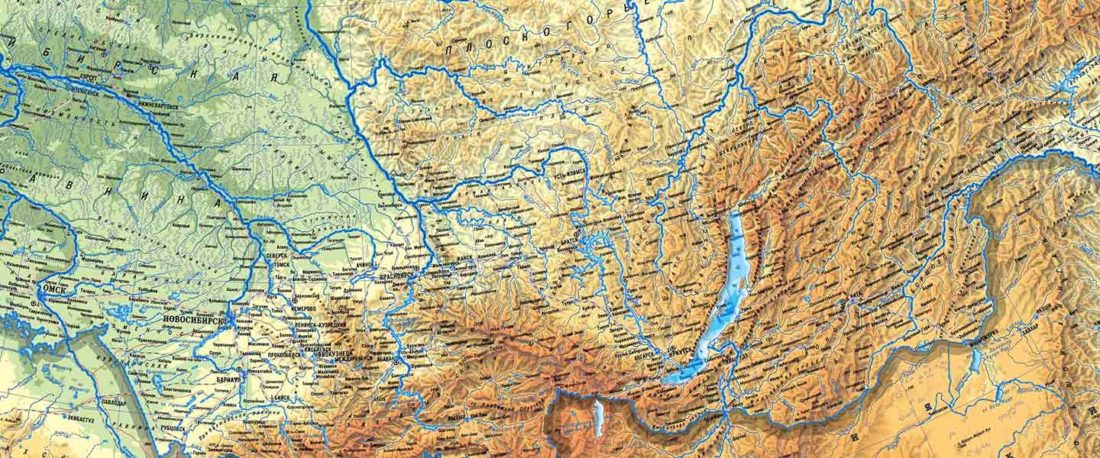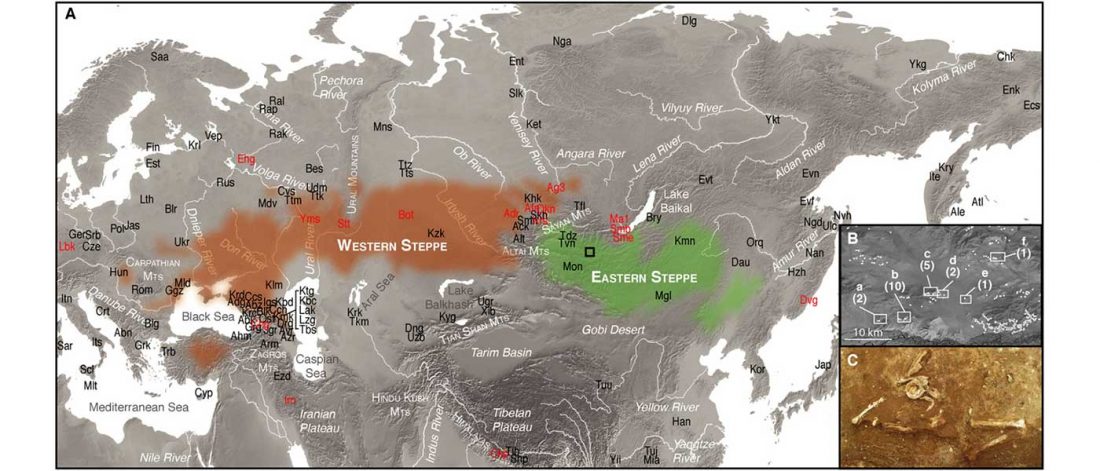The long-lasting intertwined ethnolinguistic developments of East Uralic speakers with Palaeo-Siberian populations makes it impossible to split up a post about the evolution of the former without discussing the fate of the latter.
External contacts with other indigenous East Asian languages close to the Altai-Sayan region and Circum-Baikal area are also relevant, but would no doubt turn this post series into an unending task. Therefore, I will focus on the western part of the Baikal Neolithic and Neo-Siberian-related ancestry clines, which seem more relevant for the ancient stages of Ob-Ugric and Samoyed developments.
For an easier read of … Read the rest “South Siberian Urheimaten and Sprachbünde”

